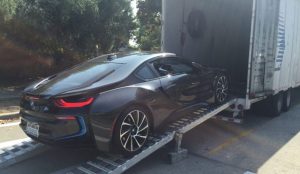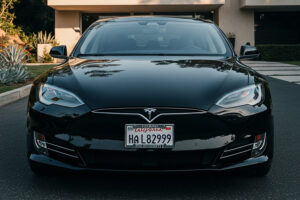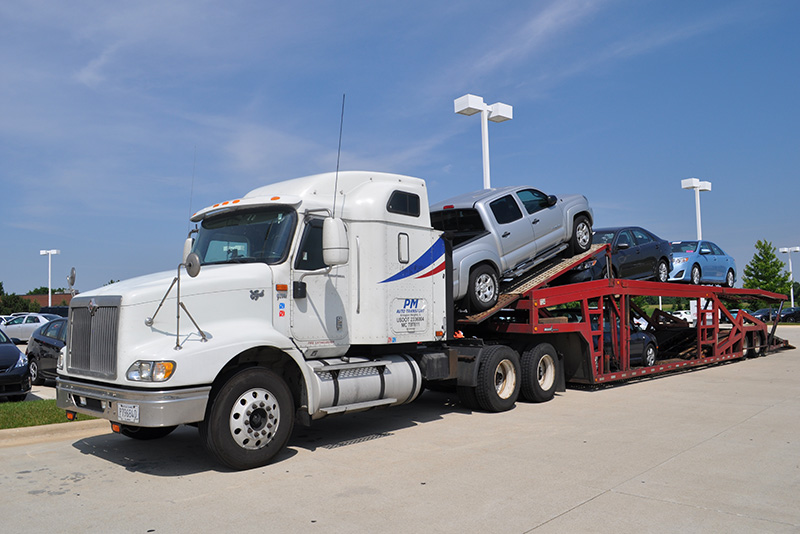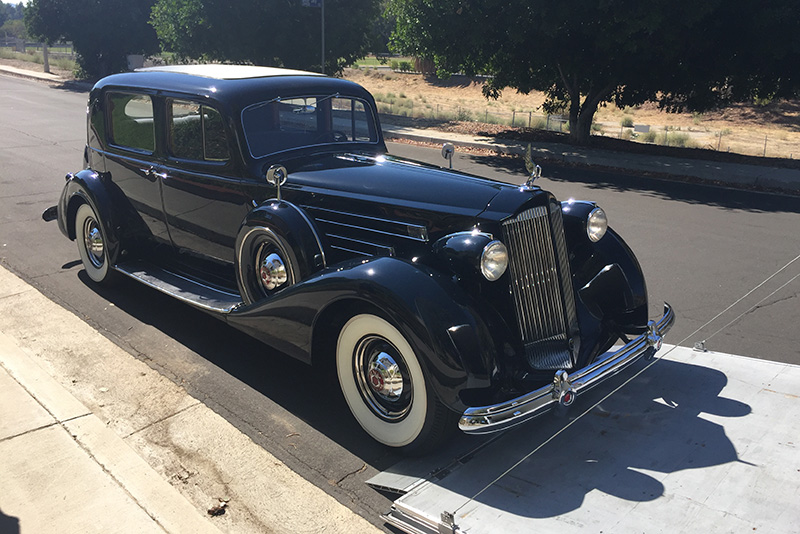Our devices are smarter and more interconnected than ever before, making our lives impossible without them. Our computers can control our air conditioners, our smartphones can set our coffee makers, our watches can track our health data. The Internet of Things (IoT) is invading industries beyond retail or health care. Transportation and logistics are the latest to show interest in connected devices. And the early adopters have already gained significant benefits from the use of IoT applications.
IoT opportunities in transport
Traffic Improvements
It’s no surprise that traffic congestion has been one of the biggest problems in transportation. However, the Internet of Things might actually be the trend that eliminates this issue. Or at least significantly decreases its frequency.
By connecting traffic cameras to vehicles’ GPS, for example, we can have a better understanding of traffic flow. It is also possible to send a text message to commuters to warn them about potential traffic congestion and help them avoid it.
Even further, with vehicle-to-vehicle communication, cars will be able to observe and react to each other’s behavior without human intervention. Vehicles could also monitor the environment, sending information to a central hub, which could impose speed limits. Thus, accidents would be less likely to occur.
Vehicles equipped with intelligent systems will act with each other “in mind” and traffic congestion will be less likely to take place.
An Ofcom report (2015) states that intelligent transportation systems (ITS) will be able to reduce congestion by at least 15%. In Britain for example, this could save the country as much as £1 billion per year.
ITS could help decrease rush-hour traffic jams which would reduce demand for new roads, as well as greenhouse gas emissions contributing to climate change.
The Internet of Things has a quick and immediate impact on our daily transportation choices, but it will largely affect long-term transport decisions. Many tech companies now work to improve the conditions of public transport.
Cisco® Connected Mass Transit
Cisco is one of the large enterprises to have developed a solution for public transportation. Their Cisco® Connected Mass Transit system allows connected vehicles to communicate with each other and with the surrounding infrastructure. Some of the possibilities in the platform are already widely used, including digital signage at bus and train stops and estimated time of arrival. One of the options includes vehicle onboard Internet services such as Wi-Fi, employee connection, push-to-talk voice. One of the companies to have successfully used this solution is LINZAG, which wanted better tram & passenger safety, along with better transport experience for their city.
Reduced Pollution Contribution
IoT solutions can help us deal with yet another problem – traffic air pollution. Devices could be installed around cities to monitor the air quality and the amount of pollution coming from vehicle exhaust. They gather data and send it to a cloud where it is stored and analyzed. In turn, the data analysis allows for developing new devices to control or filter emissions.
Johannesburg in South Africa is currently fighting traffic air pollution with the help of IoT solutions. The city is the economic hub of the country with a population of over 4.5 million, who all contribute to air pollution.
The city of Johannesburg partnered with IBM Research to find a solution to reduce emissions. The project is just beginning, but the plan includes several stages involving a system of connected devices.
Quality management systems will draw on vast amounts of environmental data generated by thousands of sensors in environmental monitoring stations, traffic systems, and meteorological satellites. Then, a predictive model will be developed to show where the pollution is coming from, where it will go, and what will be its potential effect. This information will help the city government create a plan to improve traffic so that it has a lower impact on air quality.
IoT opportunities in logistics
Fleet Management
With an IoT solution in place, companies can connect all devices across a centralized cloud network, and capture critical data. Cognitive technologies allow businesses to gain a real-time overview of their operations, or as managers like to call it – “end-to-end visibility.” This information enhances business knowledge and helps logistics companies close the loop between planning and execution. The common benefit is that IoT allows us to have a closer look at fleet performance in real-time and identify potential issues early on.
Driver Behavior
Probably the biggest advantage of interconnectivity for managers is driver monitoring. Connected devices allow to observe drivers’ activities and BEHAVIOR on the roads, which helps businesses utilize their resources better and even to improve drivers’ working conditions. Whether drivers make numerous stops or their driving habits are reckless are just a few of the expected benefits.
Road Traffic Safety
In-vehicle cameras can monitor the behavior both inside the vehicle and outside to ensure SAFETY on the road. In case of an abnormal situation on the road, the system would activate an alarm and alert the driver.
Sensors and time slips help track driving times. Therefore, when a driver forgets to take a break, the vehicle can remind him to do so. It will also send a notification to a central hub to inform operators.
Vehicle Maintenance Cost
IoT helps reduce MAINTENANCE costs. The implemented platform can track vehicle performance and recommend a maintenance check. This helps to prevent breakdowns and avoid expensive major repairs. A notification can be sent both to the driver and the repair crew closest to his location.
Moreover, smart systems could offer fuel-saving advice based on statistical data gathered from all vehicles of the same type. This leads to significant cost reductions in fuel spending for the whole fleet.
Typically, in-vehicle sensors and controllers gather and upload data about environmental and performance factors to the cloud. What is good about the interconnectivity between vehicles is that the analysis can be sent to both managers and drivers. The idea is not to scare drivers of being constantly watched over but rather to inform and provide safe and healthier working conditions.
Intel & TransWiseway’s Commercial Vehicle Application
Together with TransWiseway, Intel has developed a solution to connect millions of commercial vehicles to the Internet through different technologies. A platform gathers large amounts of data from vehicle sensors, GPS systems, operations, and service providers. It analyses the data into actionable information and sends it to drivers’ and authorities’ mobile devices, web consoles, or vehicle terminals. Moreover, the platform provides secure access to third-party software vendors who can develop a new solution for the industry.
Top benefits of IoT for business in transport & logistics
- Observe people’s behavior & manage traffic flow
- Know your internal processes better
- Optimize operations & reduce costs
- Manage time and resources more efficiently
- Take action before problems arise
Let’s not forget about security
Despite all the benefits that come with device interconnectivity, IoT is still in the early stage of development. Security barriers are still weak and not perfected, which drives hackers to the industry. It’s important for authorities and company owners to take care of their cybersecurity early in the process because the stakes are too high. We want to improve the situation on the road and get better business results, but in the end, it is people’s lives that are on the table.
What we yet have to explore is how the interaction between humans and vehicles will evolve, how open people will be to this new behavior on the roads. Especially, with the adoption of self-driving vehicles and their presence on the roads. A large dose of teaching and learning will need to be conducted to ensure people are familiar with these new technologies. We need to prepare ourselves for intensive interaction with systems and devices on a daily basis. Moreover, we need to feel comfortable with their constant presence without making us feel we are the ones being controlled.
